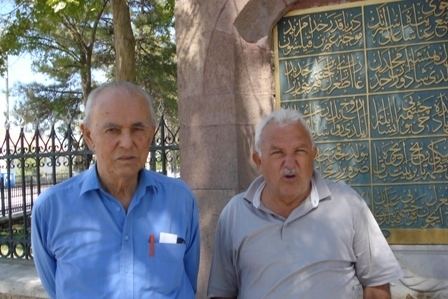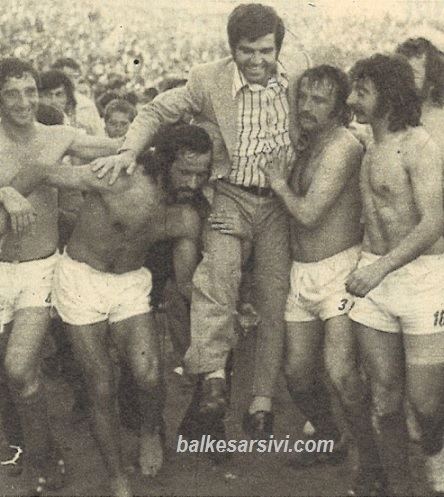Name Kose Mihal | ||
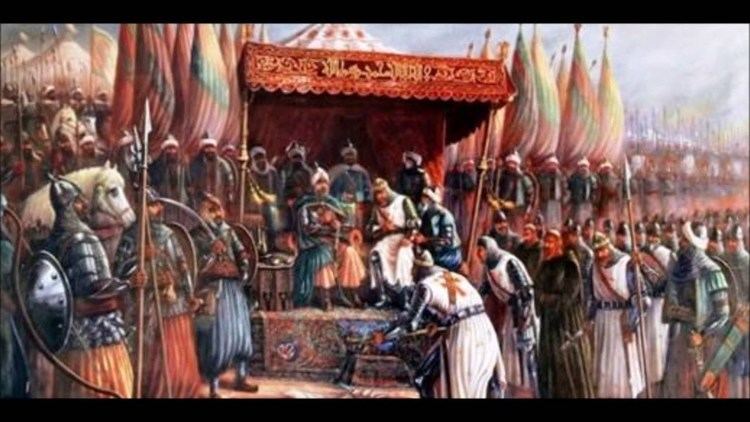 | ||
Kose mihal kimdir i zlemeden gecme harmankaya tekfuru kose mihal kimdir
Köse Mihal (Turkish for "Michael the Beardless"; 13th century – c. 1340) accompanied Osman I in his ascent to power as an Emir and founder of the Ottoman Empire. He is considered to be the first significant Byzantine renegade and convert to Islam to enter Ottoman service. (see Nöker)
Contents
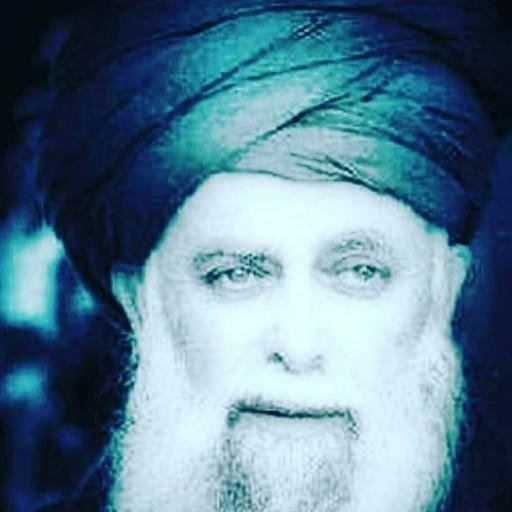
He was also known as 'Gazi Mihal' and 'Abdullah Mihal Gazi '
Life
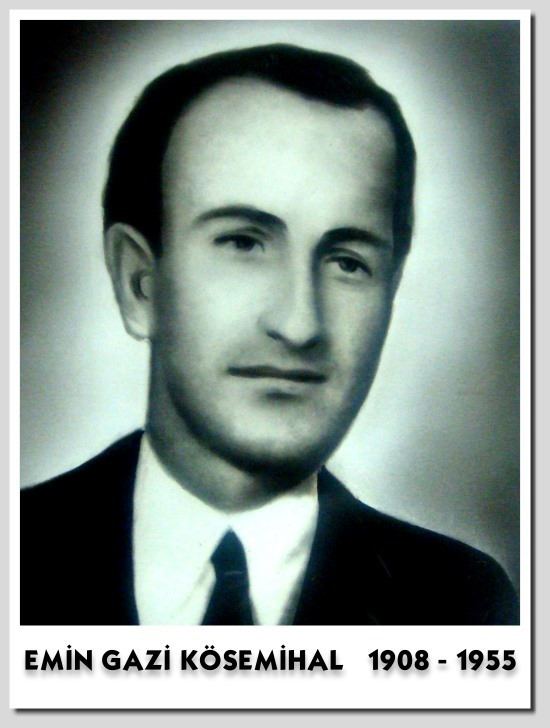
Köse Mihal, was the Byzantine governor of Chirmenkia (Harmankaya, today Harmanköy) and was ethnically Greek. His original name was "Michael Cosses". The castle of Harmankaya (also known as Belekoma Castle) was in the foothills of the Uludağ Mountains in Bilecik Turkey. Mihal also eventually gained control of Lefke, Meceke and Akhisar.
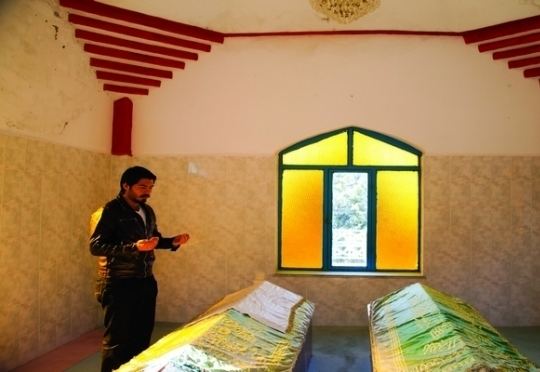
Even before his conversion to Islam, Mihal had an amicable relationship with the Ottoman leader, Osman Gazi. He was an ally of Osman and his people in war, and also acted as a leader of the local Greek population. Additionally, he acted as a consultant and diplomatic agent for Osman I. The sources describing the reason behind Mihal's change of faith vary. One tradition emphasises the influence exerted by his friendship with Osman Ghazi, whilst another describes him having experienced a significant dream which convinced him to become a Muslim. His conversion is thought to have occurred between 1304 and 1313. As a Muslim he was known as Köse Mihal 'Abd Allah (Abdullah), Abdullah being a name commonly adopted by converts.
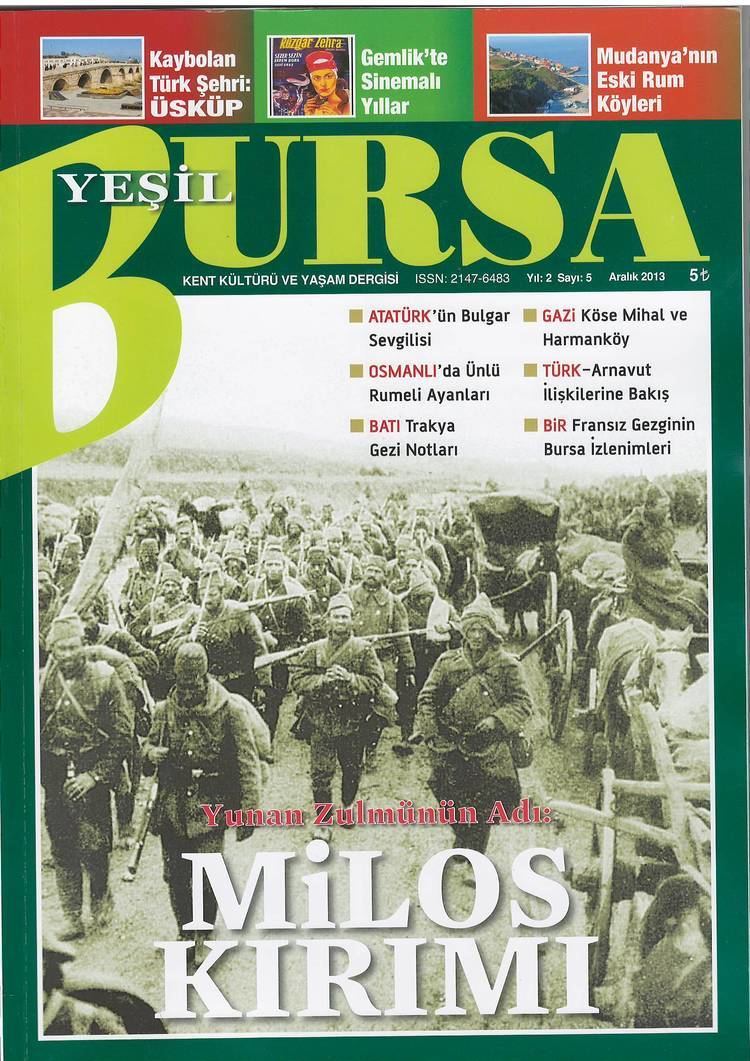
Up to the conquest of Bursa in 1326 Köse Mihal played an important role as a diplomatic advisor and envoy of Orhan I, the son and successor of Osman Ghazi. Köse Mihal was the first important Christian renegade to become an Ottoman subject, and he played a significant role in the creation of the Ottoman state. Köse Mihal's descendants, known as the Mihaloğlu were famous, particularly in the 15th and 16th centuries. They were a politically and militarily successful family of Ottoman dignitaries in Rumelia. However, they did not reach the very highest public offices.
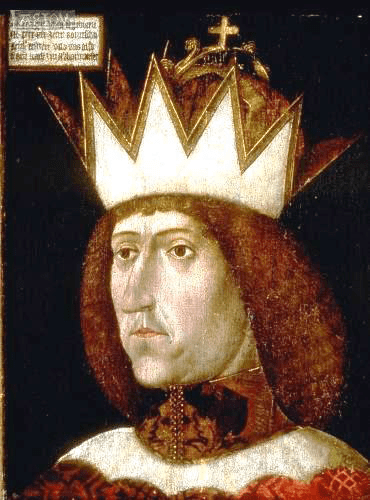
After the taking of Bursa, Köse Mihal is no longer mentioned in the sources. Kreutel notes that Köse Mihal died around 1340. According to some historians Köse Mihal was buried at Türbe, Edirne (Adrianople), in a mosque he himself built, in this tradition Köse Mihal was believed to have lived until after the Ottoman capture of Adrianople by Murad I in the year 1361. He would therefore have lived to a very advanced age indeed. However, Franz Babinger appears to have made a mistake. He confused Köse Mihal with Ghazi Mihal Bey, a grandson of Köse Mihal. Ghazi Mihal Bey built a now ruined Mosque complex, with an Imaret and Hamam, in Edirne, which was completed in 1422. The cemetery adjoining the complex holds the tomb of Ghazi Mihal Bey.
Literature
